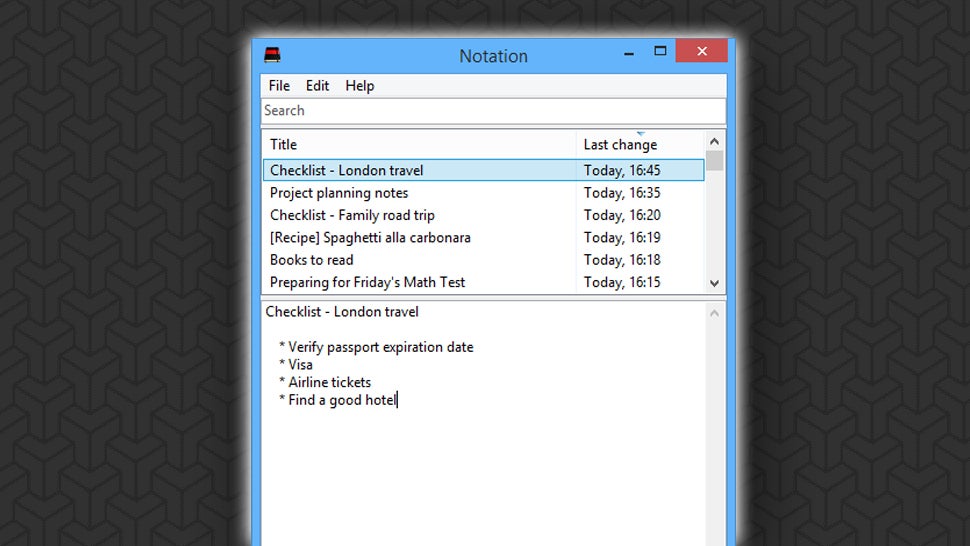

I also use tags on iCal events, emails, web sites and other elements of my system. I use tags and other metadata to maintain my sanity. I use folders to maintain filesystem sanity. I couldn’t function like that it’s difficult to weed, and if metadata is lost, so is the file, essentially. I still use the shallow hierarchy of folders that drill down to individual projects and topics, so it’s not a “one pile” deal. The beauty of tagging, as you may know, is that you can easily assign multiple categorizations and topics to each item, rather than just having them exist at one location which defines it as a type or part of a static collection. Tags make it easy to group files and work with those groups, but there’s more than enough metadata in the filesystem to make any information easy to locate with Spotlight or other mdfind tools. I don’t stake the life of my data on the continued availability or stability of the OpenMeta system, but in combination with a consistent, shallow folder hierarchy, I know where things are, even without the convenience of tags. I primarily use Tags from Case Apps, Default Folder X and Spotlight, but make frequent use of HoudahSpot and the command line openmeta utility as well (among many other OpenMeta-compatible apps).

I use OpenMeta tags to sort and search all of my data. If a Desktop folder can be filed into one of these categories, it’s moved there. Is it a project? A client? Reference material? I have a folder hierarchy based on these types, the top levels being Work, Code, Reference and File Cabinet. In the Weekly Review, I go through the new folders on the Desktop and determine what type of information they represent. If a file sits alone for a few days, it usually ends up being tossed into a “pile” of similar filetypes.

If a file is singular and has no context, it stays on the Desktop and waits for company. The new folders will generally stay on the Desktop until the weekend, when I do a Weekly Review. Things that represent new projects or that don’t fit into an existing folder/tag setup take further action if there are enough related items to represent a project or topic, they get collected into a new Desktop folder which is descriptively named. At the end of each day I do a scan and file what obviously has a place (I have some neat tricks for speeding that part up, but I’ll get there in a bit). Like any system I’ve ever used, the secret is actually doing the “reviews”. During the day, I save just about everything I work on to my Desktop. The basic idea is that my Desktop is an inbox. I doubt many will follow directly in my footsteps, but you asked… Like any so-called system… Beyond hiding disk icons and making the icons smaller in Finder’s Desktop view settings, I have a “system.” My filing system is simple to use, but a little complicated to explain (and set up), so it gets a whole post to itself. I thought I’d answer that question before I got around to posting my whole GeekTool setup. Since posting my latest desktop, I’ve received a few questions about how I keep my Mac’s Desktop icons under control. I felt it was clear enough to get the message across on my lowly 15.Nerd post alert. If we get more complaints about the video, I'll be happy to create something that's easier to watch. Hopefully the HD video I linked above will make things more clear for you. We felt that demoing via the emulator eliminates the problems like screen glare and out-of-focus issues. You can see the video in HD through this link: Thanks for the comment - yeah I agree with you that the video is bad, but that's just Vimeo's compression.
#PRODUCTIVITY SIMPLENOTE NOTATIONAL VELOCITY MAC HOW TO#
The app might very well be good, but you don't know how to sell it.(Also, demoing it via the emulator is silly, don't you guys have a real iPhone that you can film? heh) The embedded video is too small and too low-rez, I have perfect eyesight and can't really see what's happening without moving closer to my 21" screen.


 0 kommentar(er)
0 kommentar(er)
